 I’ve had this book atop the bookshelves in the hall facing out for a while. Well, I guess we did just move/reorganize the shelves out there last autumn when we had some work done at Nogglestead, so it might not have been looking down on me every time I passed through the hall since I bought it ten years ago. But for some reason, I’ve passed over it time and time again. Except this is the year of Sword and Sorcery at Nogglestead (or a year of Sword and Sorcery as the stacks have enough of the genre to support many such years), and the book has a man with a sword talking to an ogre on the cover, so now was the time.
I’ve had this book atop the bookshelves in the hall facing out for a while. Well, I guess we did just move/reorganize the shelves out there last autumn when we had some work done at Nogglestead, so it might not have been looking down on me every time I passed through the hall since I bought it ten years ago. But for some reason, I’ve passed over it time and time again. Except this is the year of Sword and Sorcery at Nogglestead (or a year of Sword and Sorcery as the stacks have enough of the genre to support many such years), and the book has a man with a sword talking to an ogre on the cover, so now was the time.
The edition I have is from 1982, so I was going to expound upon the rise of the “normal people from earth go to a fantasy world” subgenre which I would have posited was a mainstay of fantasy in the 1980s, drawing upon my familiarity of Rosenberg’s The Guardians of the Flame series and Chalker’s Dancing Gods series, but further reflection indicates that the subgenre goes way back to the Chronic (what?) cles of Narnia and the Gor books whose reviews pepper the last 20 years of this blog, so instead of a thesis easily disproven, you get this paragraph. Also, this book was originally published in 1964, but thematically it seems later as we will see.
It starts out in that fantasy genre: An early Vietnam vet musters out and bums around, eventually answering an ad in a European magazine. He finds himself transported to a magical universe with a beautiful woman and a short sidekick. Apparently, he’s the hero that the woman needs to complete a quest which takes them across vast distances and through strange environs so that he can help her recover an artifact she needs as queen of the multiverse.
However, after a couple of set action pieces befitting a fantasy novel, we veer into Heilein polyamory philosophy. And then the quest is completed two-thirds of the way through the book, and after that, it explores a bit of what it’s like to be the queen of the multiverse and to be her consort. So it gets a little blowsy in the last third as not much actually happens besides a little politics, musings on male/female relationships, and a visit home by the hero who has changed on his journey.
So: A quick read, well-written but not necessarily action-packed. Not remembered as one of Heinlein’s best, and probably a transitional work between the rocket jockey stuff and the adult stuff with the alternative lifestyles. But perhaps that transition preceded Stranger in a Strange Land more than I commonly think.



 After finishing
After finishing  I bought this book
I bought this book 
 Well, after reading
Well, after reading 
 This book is classified as humor, and undoubtedly it was designed to be a quick, fairly inexpensive, gift for someone you know who has a cat, whether that person (or cat) is a Taoist or Buddhist or not. It’s structured like a set of sutras (or suttas, depending upon your particular flavor of Buddhism) where a story or teaching of the titular cat is presented and then you get some explanation/exegesis (including disputes amongst the experts who study the titular cat).
This book is classified as humor, and undoubtedly it was designed to be a quick, fairly inexpensive, gift for someone you know who has a cat, whether that person (or cat) is a Taoist or Buddhist or not. It’s structured like a set of sutras (or suttas, depending upon your particular flavor of Buddhism) where a story or teaching of the titular cat is presented and then you get some explanation/exegesis (including disputes amongst the experts who study the titular cat). This is the second of the two little Salesian fundraising giveaway collections that I bought in
This is the second of the two little Salesian fundraising giveaway collections that I bought in  Well, I recently read
Well, I recently read  I bought this book way back
I bought this book way back  Like
Like  Ah, gentle reader. I have tasked my youngest with reading Walden this summer (unlikely), so I have started a re-read of it myself. What that means, though, is that you’re likely to see numerous short humor book reports before a report on the Thoreau.
Ah, gentle reader. I have tasked my youngest with reading Walden this summer (unlikely), so I have started a re-read of it myself. What that means, though, is that you’re likely to see numerous short humor book reports before a report on the Thoreau.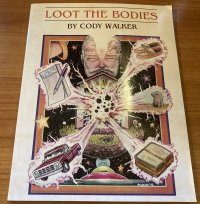

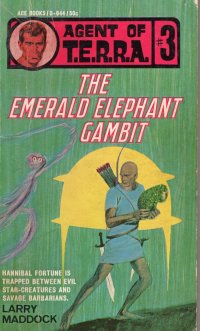 Since I just read the second volume in the Agent of T.E.R.R.A. series (
Since I just read the second volume in the Agent of T.E.R.R.A. series (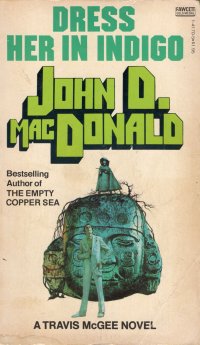 I guess it has been
I guess it has been 
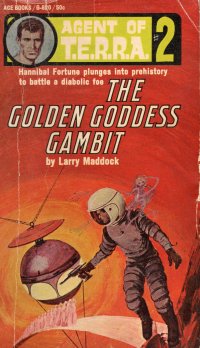 I picked up this little 1960s-era paperback
I picked up this little 1960s-era paperback  Facebook must be reading my blog as it seems to know that I’ve read a pile of Howard this year (
Facebook must be reading my blog as it seems to know that I’ve read a pile of Howard this year (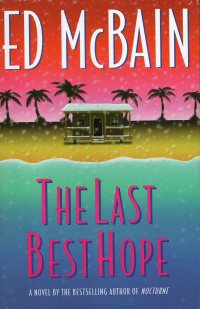 I passed over this book which was on the outer rank of books in the hall for a number of years. Even when I’m in the mood for a McBain, which happens from time to time (such as when I am working on the
I passed over this book which was on the outer rank of books in the hall for a number of years. Even when I’m in the mood for a McBain, which happens from time to time (such as when I am working on the  As I mentioned when I bought this book
As I mentioned when I bought this book